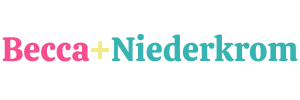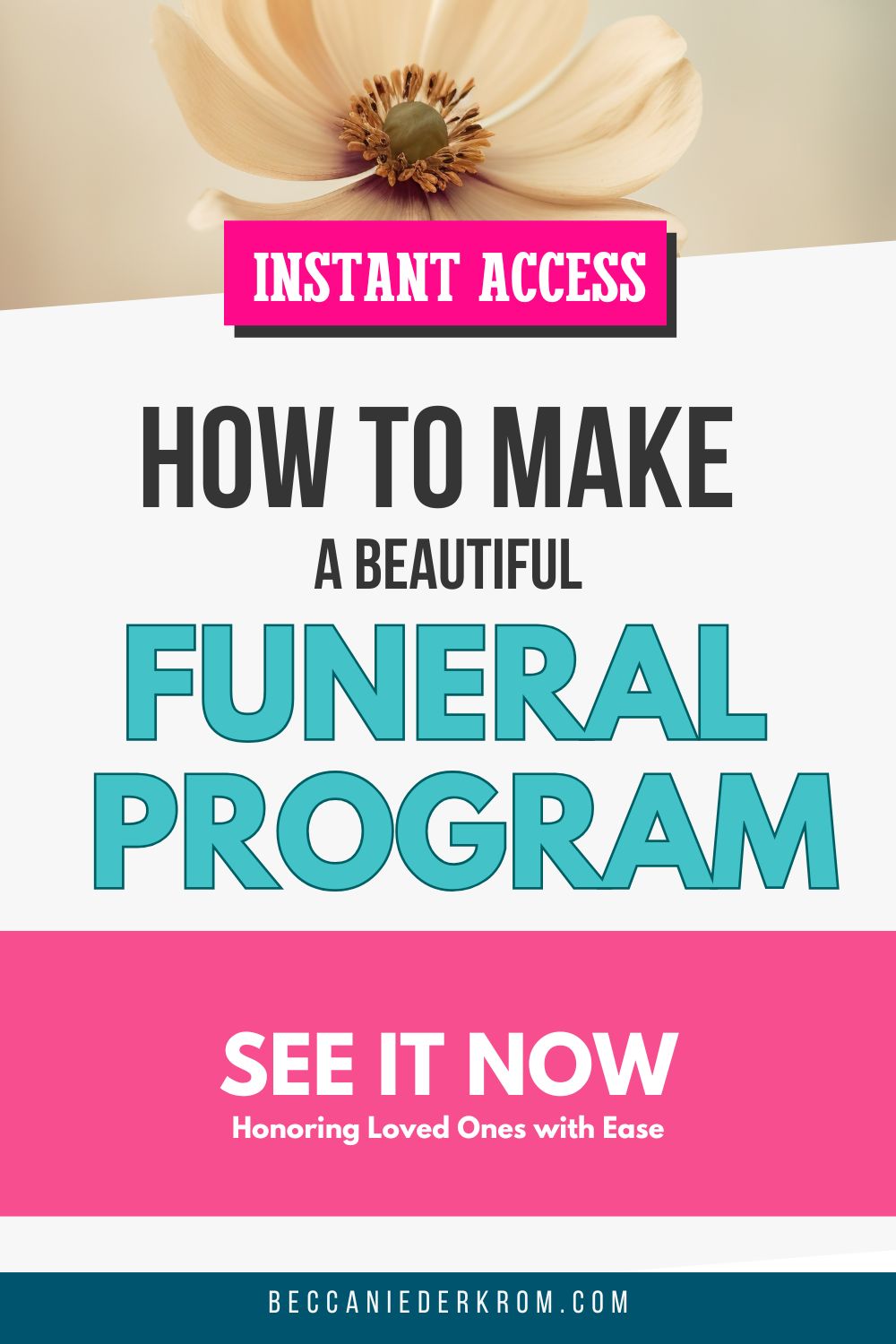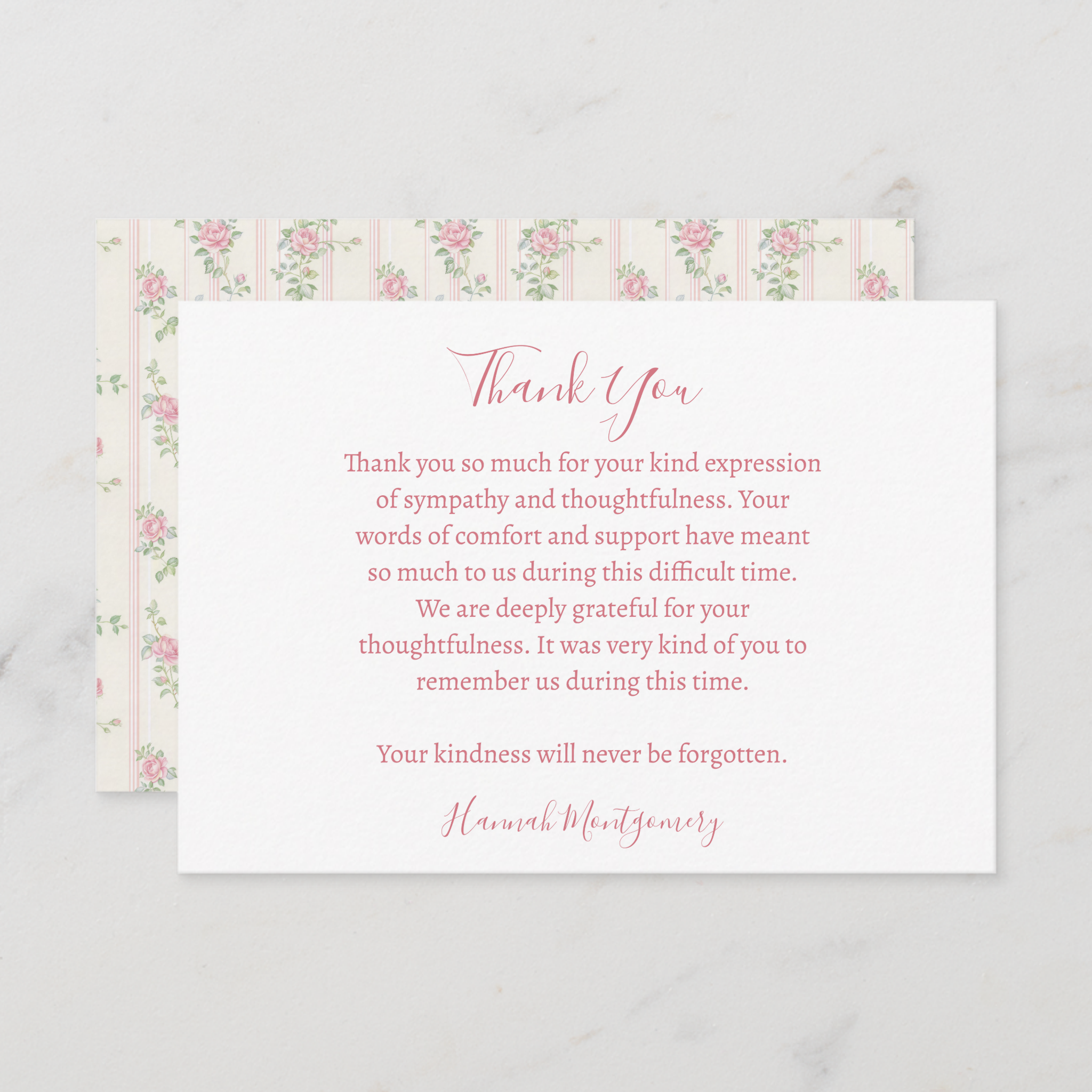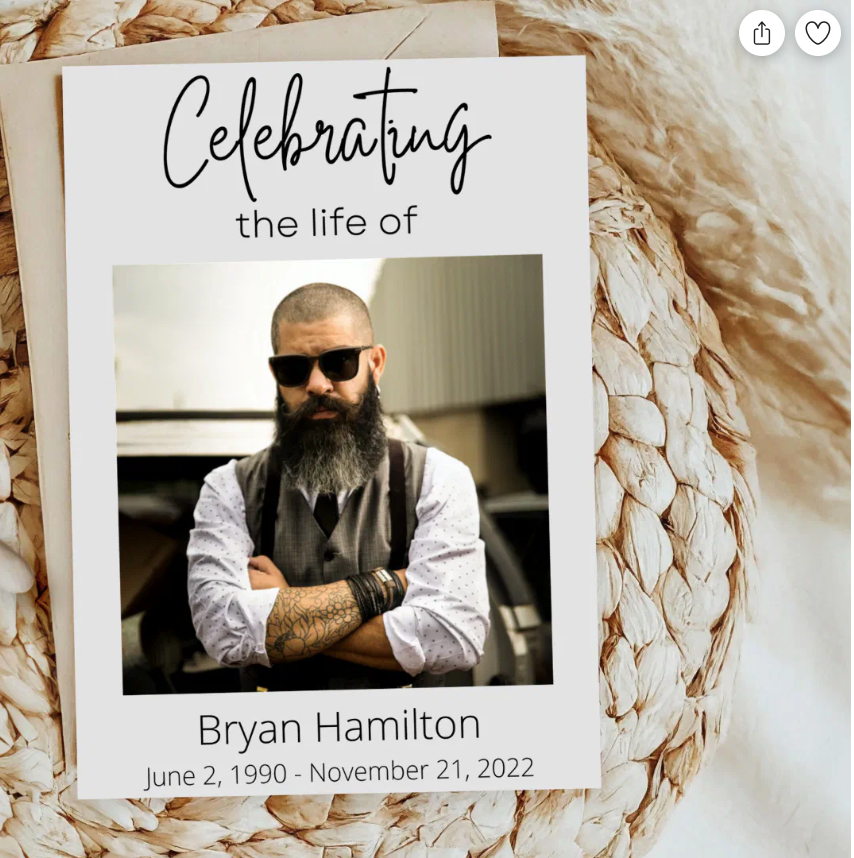We may earn money or products from the companies mentioned in this post. As an Amazon Associate I earn from qualifying purchases. Disclosure of Material Connection: Some of the links in this post may be "affiliate links." This means if you click on the link and purchase an item, I will receive an affiliate commission.
Creating a funeral program is more than just a task—it’s a profound act of love, remembrance, and celebration of a life lived. In the midst of grief, designing a memorial program can seem overwhelming, but this comprehensive guide will walk you through every single step with compassion, practical advice, and detailed guidance.
How to Make a Funeral Program: The Ultimate Comprehensive Guide
A funeral program serves as a lasting tribute, a keepsake that family and friends will cherish for years to come. It’s a tangible memory that captures the essence of your loved one’s journey, preserving their story and honoring their legacy.
Understanding the Purpose of a Funeral Program
More Than Just a Piece of Paper
A funeral program is a multifaceted document that:
- Provides a chronological overview of the deceased’s life
- Offers comfort to grieving family and friends
- Serves as a memorial keepsake
- Guides attendees through the funeral service
- Preserves memories for future generations
Preparing to Create the Funeral Program: Essential Groundwork
Information Gathering Checklist
SNAG THE FREE FUNERAL PLANNER CHECKLIST HERE
Before you begin designing, collect the following critical information:
- Personal Details
- Full legal name
- Nickname (if applicable)
- Birth date and location
- Death date and location
- Age at time of passing
- Biographical Information
- Educational background
- Professional career highlights
- Military service (if applicable)
- Hobbies and passions
- Significant life achievements
- Family Information
- Parents’ names
- Spouse/Partner name
- Children’s names
- Siblings
- Grandchildren
- Service Details
- Date of funeral/memorial service
- Time of service
- Location
- Officiant name
- Reception information
Choosing Your Design Approach: Multiple Options Explained
Option 1: Digital Template Method
- Pros: Quick, easy, professional-looking
- Cons: Less personalization
- Best for: Those with limited design skills
Recommended Digital Platforms
- Zazzle
- Microsoft Word
- Google Docs
- Funeral program specific websites
Option 2: Custom Design from Scratch
- Pros: Complete personalization
- Cons: Requires design skills
- Best for: Graphic designers or those comfortable with advanced software
Professional Software Options
- Adobe InDesign
- Adobe Photoshop
- CorelDRAW
- Affinity Designer
Option 3: Professional Design Services
- Pros: High-quality, stress-free
- Cons: More expensive
- Best for: Those short on time or design skills
Detailed Program Layout and Structure
Typical Funeral Program Sections
- Cover Page
- Deceased’s full name
- Birth and death dates
- Primary photograph
- Optional: Meaningful quote or scripture
- Order of Service
- Detailed service timeline
- Musical selections
- Speaker names
- Readings or tributes
- Biographical Sketch
- Life story
- Major accomplishments
- Personal anecdotes
- Character description
- Obituary
- Formal life summary
- Family connections
- Professional achievements
- Additional Remembrances
- Personal stories
- Favorite memories
- Impact on community
Design Technical Considerations
Typography Best Practices
- Use 2-3 fonts maximum
- Recommended Fonts:
- Times New Roman
- Garamond
- Arial
- Calibri
- Font sizes:
- Headers: 14-18 pt
- Body text: 10-12 pt
- Ensure readability and professionalism
Color Scheme Selection
- Neutral tones preferred
- Avoid overly bright colors
- Recommended palettes:
- Black and white
- Navy and gray
- Sepia tones
- Soft earth tones
SNAG THE FREE FUNERAL PLANNER CHECKLIST HERE
Image Selection Guidelines
- High-resolution (300 dpi minimum)
- Clear, well-lit photographs
- Represent different life stages
- Capture personality
Printing Considerations
Paper Selection
- Cardstock Weight
- 80-100 lb recommended
- Matte or slight gloss finish
- Neutral colors
- Printing Options
- Home printing
- Local print shop
- Online printing services
Quantity Calculation
- Estimate attendees
- Add 20-30 extra copies
- Typical range: 50-150 copies
Budget Breakdown
Cost Ranges
- DIY Digital Template: $0-$20
- Professional Template: $15-$50
- Printing Costs:
- Home printing: $30-$80
- Professional printing: $100-$300
Recommended Supplies (Affiliate Opportunity)
Design Tools
- High-quality cardstock paper
- Color laser printer
- Design software
- Photo editing tools
Common Mistakes to Avoid
- Spelling errors
- Low-resolution images
- Incorrect service information
- Overcrowded design
- Inappropriate font choices
Digital vs. Physical Program Considerations
Digital Programs
- Easy distribution
- Lower cost
- Environmentally friendly
- Ideal for distant relatives
Physical Programs
- Tangible memorial
- Traditional approach
- Keepsake value
- Easier for older attendees
Emotional Considerations
Creating a funeral program is an emotional process. Be kind to yourself. It’s okay to:
- Ask for help
- Take breaks
- Seek support from family
- Work with a trusted friend
Legal and Ethical Considerations
- Obtain family approval
- Respect privacy
- Use accurate information
- Consider cultural sensitivities
Additional Resources
- Grief counseling websites
- Funeral planning guides
- Memorial design inspiration sites
SNAG THE FREE FUNERAL PLANNER CHECKLIST HERE
Frequently Asked Questions
How long should a funeral program be?
Typically 2-4 pages, depending on content and design.
What size is standard?
5×7 or 8.5×11 inches are most common.
How many copies should I print?
Plan for 1.5x the expected attendees.
Conclusion
Creating a funeral program is a deeply personal journey of love, remembrance, and celebration. While the process may seem daunting, breaking it down into manageable steps allows you to create a meaningful tribute that truly honors your loved one’s unique life.
Remember, perfection isn’t the goal. Love, respect, and genuine remembrance are what matter most.




